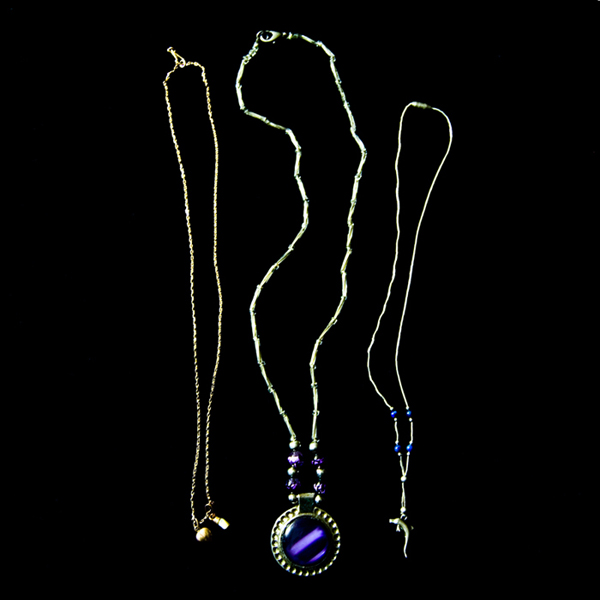Mías
2014
Mi abuela era costurera, ceramista, artesana y cantante de radioteatro, todo sin profesión, ya que era dueña de casa, entre todas sus labores siempre tenía un espacio para entregar afectos y símbolos que significaban compañía y generaban lazos. En el tiempo en que nacieron sus hijas, mis tías, la familia era un absoluto patriarcado y solo los hombres tenían opciones de elegir carreras profesionales o de tener libertades dentro y fuera del hogar.
En este escenario ella estableció códigos donde la complicidad y los afectos dejaron memoria que quedaron grabadas en objetos que definían su forma ser. Estas imágenes corresponden a la herencia que dejó mi abuela a mi y mis tías, objetos cargados de simbolismo y riqueza emocional. Imágenes que probablemente nos hacen recordar instancias familiares de distintas mujeres que vivieron un arduo y lento proceso de igualdad de condiciones desde la entrada del siglo XX, y que vieron a través de sus familias, la forma de establecer logros e identidad.
My grandmother was a dressmaker, potter, artisan and singer of Radio Theater, all without profession, since she was a housewife, among all her labors she always had a space to deliver affections and symbols that meant company and generated bonds. At the time their daughters, my aunts, were born, the family was an absolute patriarchy and only men had the option to choose professional careers or to have freedoms inside and outside the home.
In this scenario she established codes where complicity and affection left memory that were recorded in objects that defined her way of being. These images correspond to the inheritance left by my grandmother to me and my aunts, objects loaded with symbolism and emotional richness. Images that probably make us remember family instances of different women who lived an arduous and slow process of equal conditions since the turn of the 20th century, and who saw through their families, the way to establish achievements and identity.








